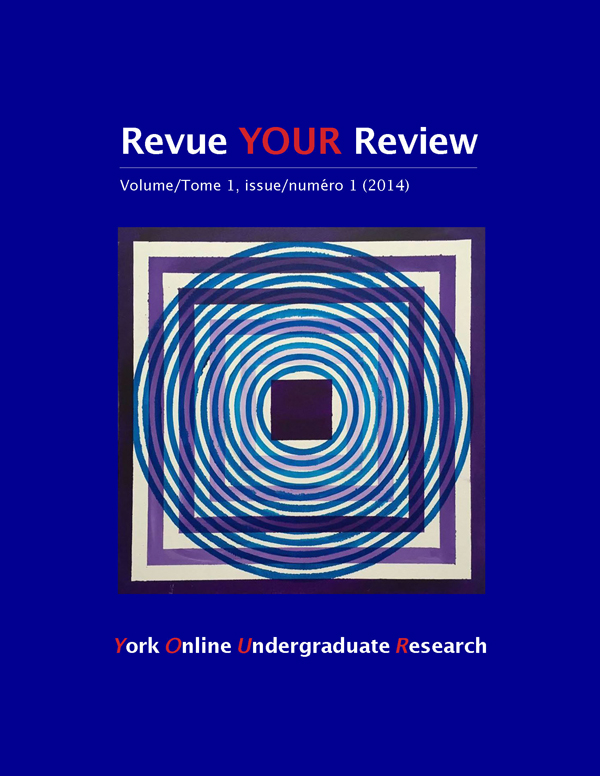Something in the Water: The American Acid Endemic
Abstract
This study is an analysis of the reaction against the use of the substance LSD-25 in the United States of America during the 1960s. It seeks to answer why and how the drug appeared and vanished from the cultural landscape so rapidly, drawing from a pool of historical writings as well as primary documents from both academic and popular sources. It begins with a brief history of the scientific origins of LSD during the 1950s and the drug’s place in the fields of chemistry, psychology, and among respectable figures of the international intelligentsia. The rest of my paper analyzes the methods and motives of government and moral authorities against the acid-fuelled counterculture that was emerging. This was in the wake of the ban of all sales and production of the substance in the United States by 1965. In this paper, I propose that the reaction against LSD use followed the paradigm of moral panic theory, and explain the perceived threat apparent in the relationship between LSD culture and the contemporary, mainstream American culture regarding the role of science and medicine, religion, racial tension, an affluent and educated youth culture, and anti-communist paranoia. My research findings suggest that the cause of the establishment’s strong reaction against LSD and the surrounding subculture was not that it opposed the fundaments of mainstream American culture; rather, that it adhered perfectly to those core themes of American life and pushed them to the breaking point.How to Cite
Issue
Section
License
Authors contributing to Revue YOUR Review agree to release their articles under one of three Creative Commons licenses: Creative Commons Attribution 4.0 International; Creative Commons Attribution-NonCommercial 4.0 International; or Creative Commons Attribution-NoDerivatives 4.0 International. All editorial content, posters, and abstracts on this site are licensed under Creative Commons Attribution-NoDerivatives 4.0 International. For further information about each license, see:
https://creativecommons.org/licenses/
In all cases, authors retain copyright of their work and grant the e-journal right of first publication. Authors are able to enter into other contractual arrangements for the non-exclusive distribution of the e-journal's published version of the article (e.g., post it to an institutional repository or publish it in a book or in another journal), with an acknowledgement of its initial publication in this e-journal.


